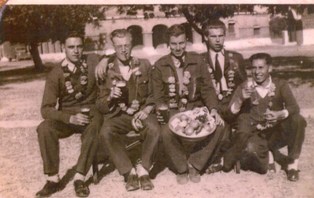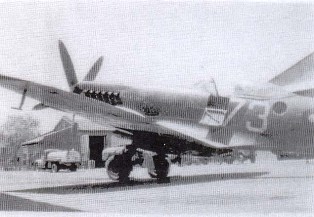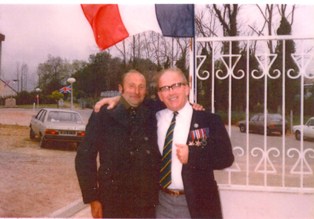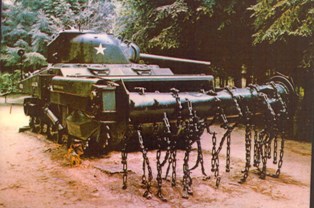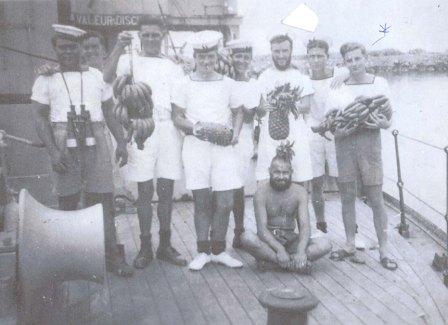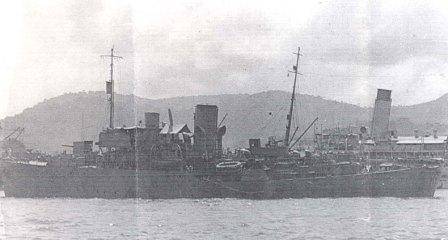
Private 4/7136 Edwin Thorn MM
2nd Bedfordshire Regiment
Killed in Action 23rd October 1918
Son of Walter Thorn, of 5, Bennett's End, Leverstock Green, Hemel Hempstead.
Highland Cemetery, Le Cateau, II. B. 12.
Born: Hemel Hempstead.
Enlisted: St Albans.
Residence: Hemel Hempstead.
Edwin Thorn is thought to have died on 23rd October 1918 in action during the operation of Le Cateau in the 2nd Bedfordshire Regiment. During the events of the 23rd October battle, there were 4 main companies, Company A, B, C and D. These all completed separate operations with different aims and success rates. These operations resulted in 536 casualties, of which 157 came from company B, making that the most likely operation for Thorn’s death.
The operation for company B consisted of considerable opposition being the cause of high death rates from South of Richemont Brook, the starting position of the battle. This held the company up for a considerable length of time, but due to the superior leadership of Lieutenant H.B. Lang, they were able to reach their final destination at K.24. b. Central. They were successfully lead through intense machine gun fire and bayoneted gunners. Therefore, although the company did eventually reach their original aim, 30 soldiers were killed in action in this battle alone, accounting for more than half of the whole battle’s deaths.
In company A, although there was a loss of Lieutenant C.H. Hart when they took a shortcut to the gullies, few of the soldiers were killed in action, due to the company quickly pushing onto their objectives, despite facing some opposition North of the gullies. As a result, all 4 platoons reached their objectives and was overall a success.
Similarly, Thorn was unlikely to have died in company D because Captain Reiss was able to collect half of the platoon under Lieutenant W.H. Waldock and send them forward with a tank and weapons to protect themselves. The rest of the party were collected later and continued to reach their objectives.
However, Thorn was also likely to have been killed in Company C because although they had little difficulty in capturing the first two gullies, they faced considerable opposition in crossing the high ground in an attempt to capture the third gully. This resulted in serious casualties for many, therefore increasing the chances of one of these members being Thorn.
In conclusion, the brave and courageous soldier, Edwin Thorn, who was killed in action on the 3rd October 1918, was likely to have been killed in Company B or C, due to their unproportionally high death rates.
Source:
-
2nd Bedfordshire Regiment War Diary, Catalogue Reference: WO 95/2042
By Daisy Whitbourn and Eve Melling
10th July 2018
